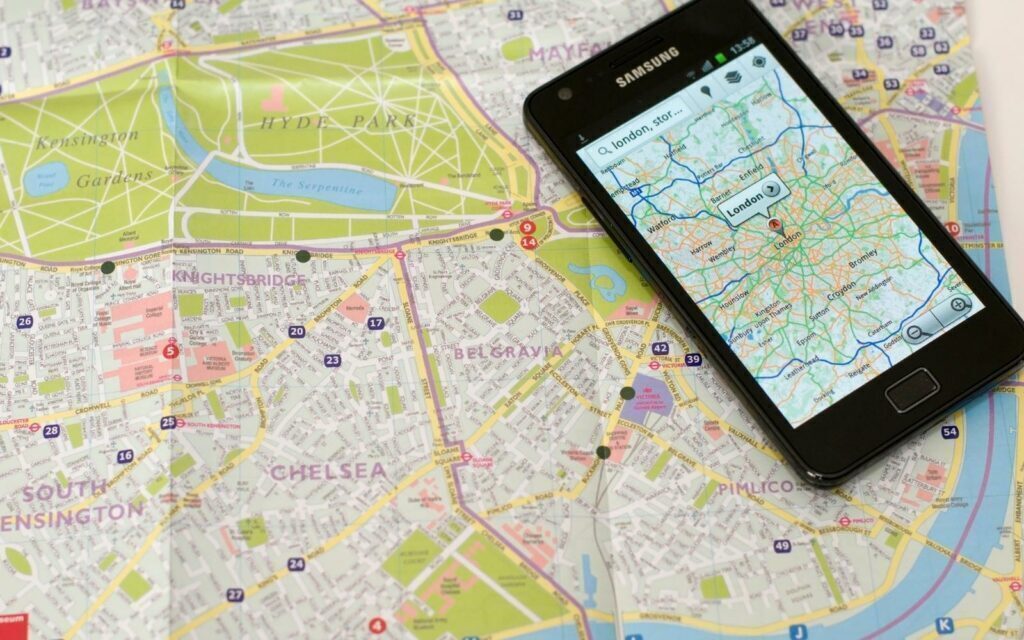Last year saw an update to Google Maps that added an eco-friendly navigator, which chooses a different route if it can save fuel (or electricity). The update was first released in the U.S and Canada, with Google officially announcing the feature is coming to “nearly” 40 European countries in a few weeks.
Hitting the European market isn’t the only change. Google is adding an option to tell Maps what sort of car you’re in, whether it’s petrol, diesel, hybrid, or fully electric. You’ll see why in a second.
OK Google, bring the update to South Africa

Regardless of the type of engine, Google’s new feature automatically chooses the best route to save on fuel. But this only works if the timing isn’t far off the quickest route.
Soon, Maps will be more specific when it comes to route decisions, based on what engine you use (petrol, diesel, hybrid and electric). Maps will offer different routes, working out what’s best for a given engine. Google listed a couple of examples of how the feature could save money in the long run. Diesel cars perform better in high-speed situations – so they’ll be aimed toward highways. EVs work best in stop-and-go traffic so that’s where they’ll be headed. The routes will prove slower but will also be cheaper. You can disable the feature if you’d prefer the fastest route possible.
The fuel savings are negligible, though it’s hard to turn your nose up at any petrol savings these days.
Read More: Google Wallet launches in South Africa
Route information for the feature is pulled from the US Department of Energy’s National Renewable Energy Laboratory (NREL) and the European Environment Agency. This is why Africa and other continents are still on the waiting list. Google needs to coordinate with countries in order to access their environmental stats. Once it has that, it combines the data with Google Maps driving trends to train its machine learning systems.
South Africa is unfortunately still waiting on Google to bring this feature to Africa. There are currently no announced plans for when, or even if, Africa will receive the changes. We’re confident that it will reach local markets. Eventually. Probably once the update is fully released across the “nearly” 40 European countries.




